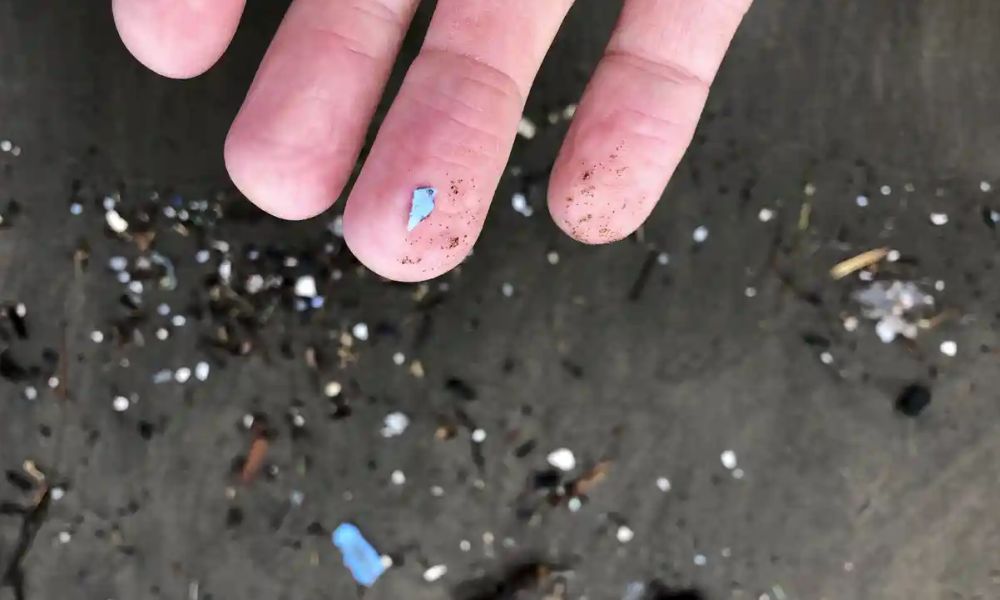Plastic Rain in National Parks and Forests of United States
The menace, that is plastic has not left any corner of the earth unmarked by its noxious presence. While it has contaminated water resources for decades, plastic is now raining from the skies as well. The national parks of the western United States – Joshua Tree, the Grand Canyon, Bryce Canyon – all have experienced what is called “plastic rain” and it has been polluting these unspoiled lands.
Microplastic particles of fragmented plastic bottles and microfibers that are shed from clothes are pollutants that get caught up in the planet’s atmospheric systems and deposited in the forests, through water and air.
A report, published in the journal Science, revealed that over 1,000 metric tons of microplastic particles fall into 11 protected areas in the western US each year, which is equivalent to over 120 million plastic water bottles. The discovery was made after the collection of rainwater and air samples over a period of 14 months.
We just did that for the area of protected areas in the West, which is only 6 percent of the total US area. The number was just so large, it’s shocking.
said lead author Janice Brahney, an environmental scientist at Utah State University.
What’s more frightening is that microplastics are circulating in the air all over the world, penetrating through the unviolated habitats, including the Arctic and the remote French Pyrenees.

Plastic rains have infiltrated the unpolluted lands on the earth | Image: Andrew Selsky/AP
Bits of tiny plastic particles are making their way into oceans through wastewater and contaminating deep-sea ecosystems, and they are getting into the surrounding ecosystems through blowing onto land in sea breezes.
The American West, and probably the rest of the world, has been witnessing plastic rain, which many are calling the new acid rain.
The consequences to ecosystems are not yet well understood but are inescapable in the immediate future. If the potential dangers posed by environmental microplastics are to be mitigated, both the scale of the solution and the level of cooperation that will be required call on the engagement of the global community.
Researchers said in the study.
Apparently, plastic rain could prove to be a more sinister problem than acid rain, which is a result of Sulphur dioxide and nitrogen oxide emissions. While the acidification problem has been somewhat dormant, plastic has plagued the entire planet. Microplastics have polluted even the most remote environments, with an even bigger issue regarding its disposal.
Horrifyingly, plastic waste is expected to increase from 260 million tons a year to 460 million tons by 2030. To analyze the severity of the situation across the American West, the researchers used collectors in 11 national parks and protected areas, taking samples of both air and rain.
Each of these collectors had a “wet” bucket to collect rainwater, and a “dry” bucket to collect air. A sensor would detect rainfall and open up the “wet” bucket while closing the dry one and vice versa. The researchers also traced where each particular storm they collected rain from had originated.
It was found that 98 percent of samples that were collected over a year contained microplastic particles. An amount of 4 percent of captured atmospheric particulates were actually synthetic polymers. Microfibers, from sources like polyester clothing, consisted of 66 percent of the synthetic material in wet samples and 70 percent in dry samples.
Rain is very effective at scrubbing the atmosphere of everything that’s in it. And so there could be a fair amount of dust and plastics in the atmosphere and a rainstorm will wash those out.
Said Brahney.
She and her colleagues traced the path of the storms that deposited the wet microplastic samples, and it helped them to understand how weather systems transport the plastic particles.
While plastic pollution is a huge obstacle in reinstating the health of the planet, microplastics and “plastic rains” are making it a complex and much difficult of a task.


